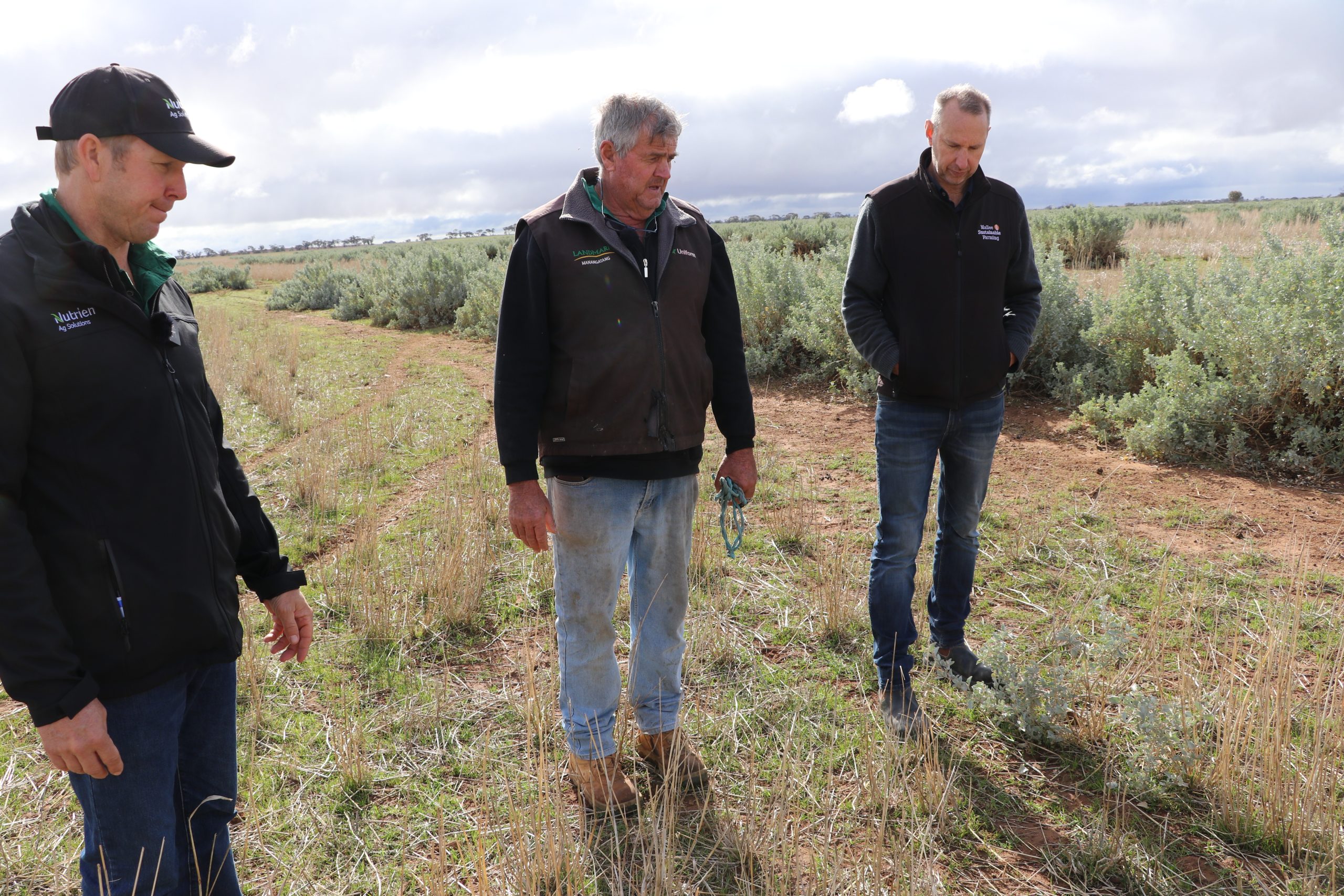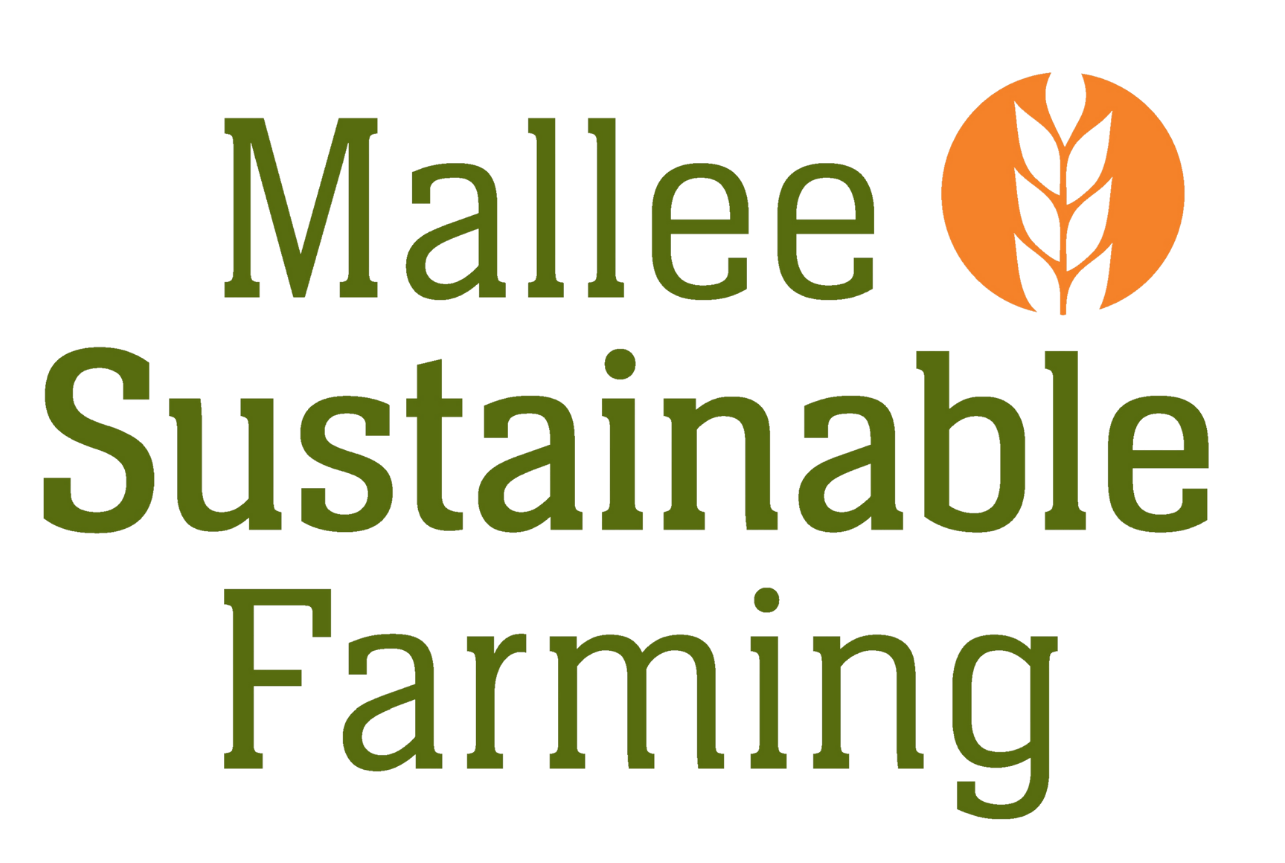
Why do we hang our hat on peer to peer learning at MSF?
Peer-to-peer learning, also called collaborative learning, is the process of knowledge sharing and skill development among individuals within a group or community. This approach offers numerous benefits that make it a valuable approach to learning:
- Active engagement: Peer-to-peer learning encourages active participation and engagement among learners, enhancing the learning experience.
- Shared perspectives: Peer-to-peer learning facilitates the exchange of diverse viewpoints and ideas, fostering a rich and comprehensive understanding of the subject matter.
- Enhanced communication skills: Peer-to-peer learning develops effective communication skills, such as active listening, articulating thoughts, and expressing ideas. This promotes better communication, interpersonal skills, and collaboration.
- Increased motivation and confidence: Peer-to-peer learning creates a supportive and non-judgmental environment, boosting motivation and confidence.
- Deeper learning and mastery: Teaching others is a powerful way to reinforce one’s own learning, deepening understanding, and consolidating knowledge.
- Social and emotional development: Peer-to-peer interactions foster social connections, empathy, and teamwork, promoting inclusivity and cultural competence. Peer-based learning also provides emotional support, which is particularly important in challenging times.
Overall, peer-to-peer learning empowers individuals by enabling them to learn from and with each other. It promotes active engagement, critical thinking, collaboration, and personal growth, making it a valuable approach in education, professional development, and lifelong learning.
You’ll see a lot of projects will deliver case studies or visit farmers during field days to make the most of learning from others.











